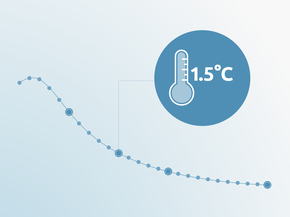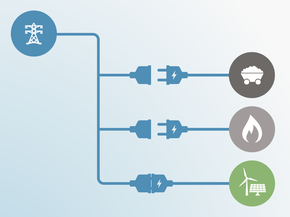Pledges And Targets
Summary table

Paris Agreement
In October 2015, the Philippines submitted its Intended Nationally Determined Contribution (INDC), including a conditional target of a 70% reduction in GHG emissions below BAU projections by 2030. This emissions reduction target is conditional on financial resources, including technology development and transfer as well as capacity building. Even though the Philippines Senate cast an unanimous vote to ratify the Paris Agreement in March 2017 (ClimateAction, 2017), the Philippines has not yet submitted its NDC as of December 2018.
The process and timeline to submit the NDC by 2020 is on track. The Philippines has made progress in defining mitigation strategies and targets for all sectors in the process of submitting their NDC. The current tentative NDC revises the conditional target from 70% to 67% below BAU by 2030 and indicates the existence of a new BAU (2010-2030) (Climate Change Commission, 2017). For this assessment, the Climate Action Tracker assumes that the Philippines’ INDC became its NDC with the Paris Agreement ratification (UNFCCC, 2015). For this reason, we only refer to the NDC throughout this assessment.
The Philippines does not provide a BAU scenario, which makes the remaining emission levels resulting from the NDC target uncertain. CAT uses its current policy projections from 2015 as a proxy for a business-as-usual development at the time when the NDC was prepared.
The tentative NDC document is under development and no commitments have yet been made, the current version presents a target of 67% below BAU but does not specify the what is the BAU pathway. Without the pathway, it is not possible to evaluate if the current tentative commitment is more or less ambitious than the previous. Also, the tentative NDC does not specify if any portion of the commitment is unconditional. Changing the conditional nature of the commitment would improve the Philippines’ rating, but decreasing the target, which would violate the Art. 4.3 of the Paris Agreement, could worsen it especially if BAU remains unclear.
The current NDC target does not distinguish LULUCF emissions reductions from reductions in energy, industry and agriculture emissions. The tentative NDC presents sectoral reductions but lacks a quantification of the BAU for each sector, which makes the emissions reductions contributions difficult to estimate. We use the 2015 CAT current policy scenario range as the reference for the NDC since it represents a BAU pathway built with information available during the formulation of the NDC (see Assumptions). If we apply the 70% emissions reductions target to non-LULUCF emissions, the NDC could result in emissions decreasing below 2010 levels (excl. LULUCF).
There is high uncertainty particularly about reported emissions data in the LULUCF sector and their future projections. If the government expects larger carbon sinks from LULUCF than in our analysis, other sectors would have to decarbonise less to achieve the emissions reduction target. This assumes that LULUCF emissions in the BAU scenario in 2030 are near zero, comparable to the most recent estimate of actual LULUCF emissions in the Philippines from FAO (FAOSTAT, 2016) for 2012. Since the BAU is not provided in the NDC there is considerable uncertainty around the projected 2030 emissions assumed in the NDC. Although a net negative effect of the LULUCF sector contributes to global GHG emissions reductions, the decarbonisation of energy consumption and industry is pivotal to achieving long-term climate mitigation targets.
The need for a transformation in all sectors is also recognised in the NDC as it states that the Philippines “views the need to peak its emissions as an opportunity to transition as early as it can to an efficient, resilient, adaptive, sustainable clean energy-driven economy, and it is determined to do so with partners from the global community.” A disentanglement in the commitment of LULUCF emissions from other emissions (from energy, industry and agriculture) would be in line with the mentioned transformation and peaking.
Further analysis
Latest publications
Stay informed
Subscribe to our newsletter






